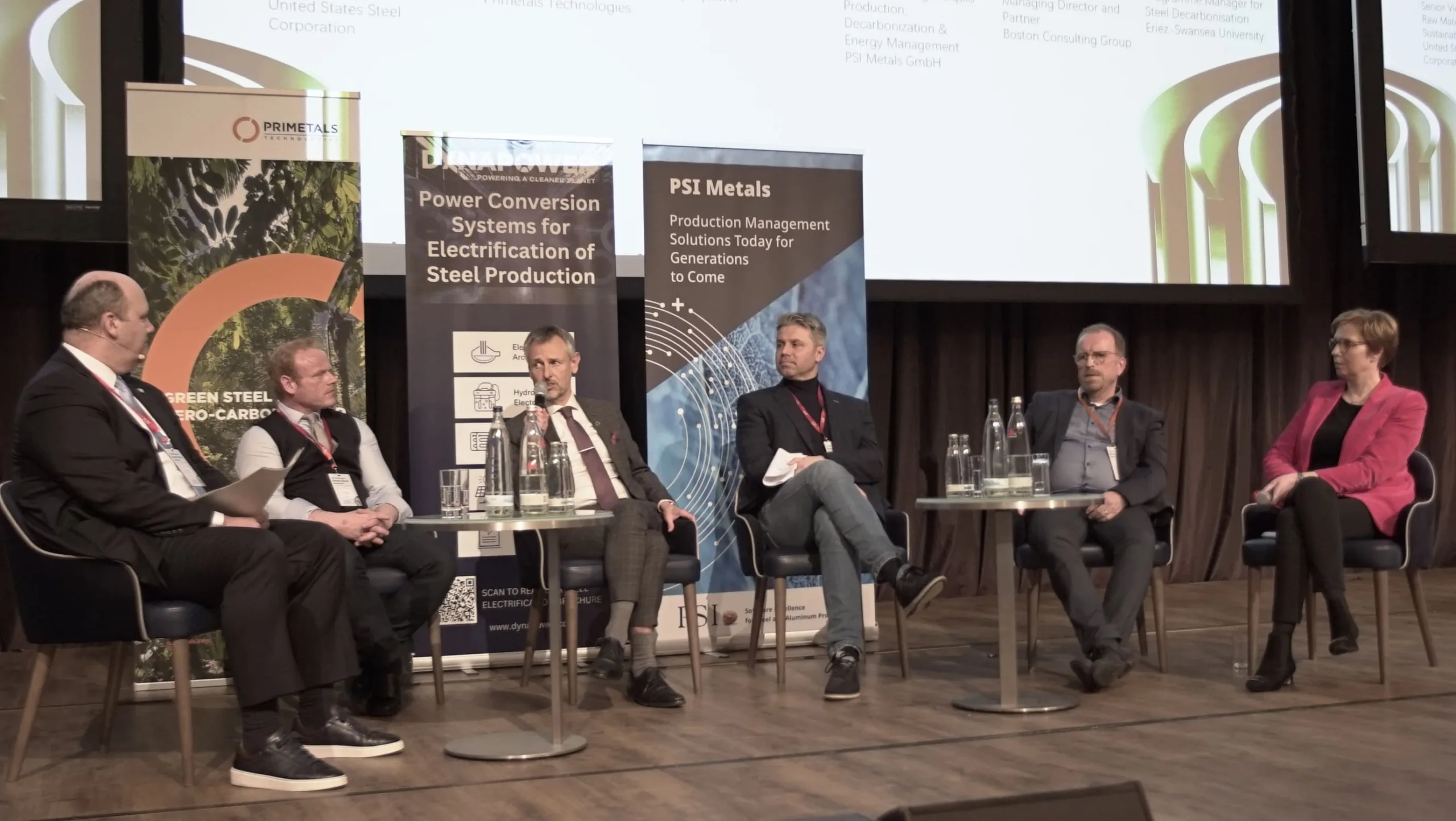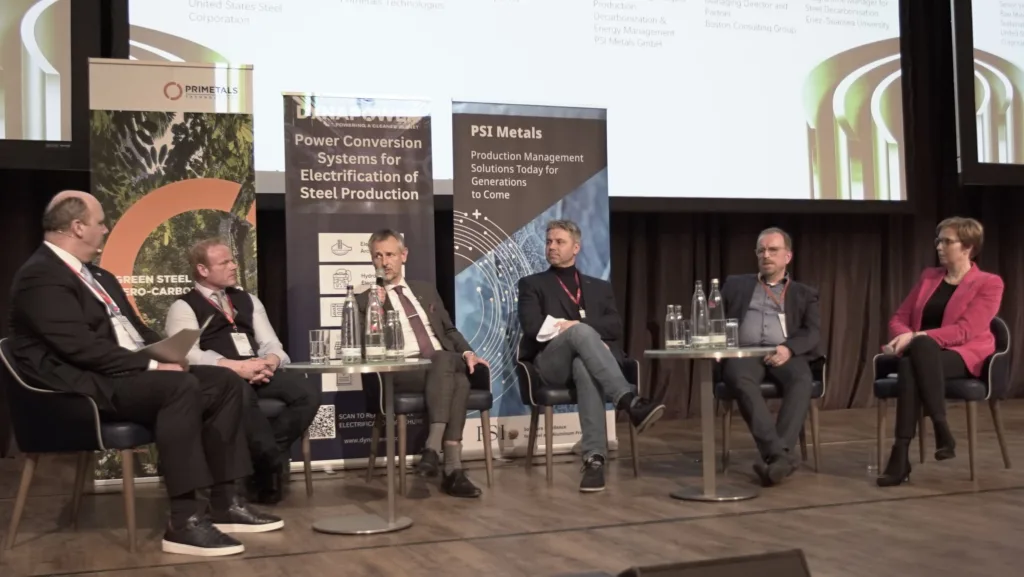
Insights from the 2nd European Green Steel Summit 2024.
Recently, my colleague Johannes Aurich and I had the privilege of attending the EU Green Steel Summit 2024 , where industry leaders convened to tackle the monumental task of transforming the European steel industry into a greener, more sustainable sector. As we reflect on the discussions and insights shared at the event, it’s evident that the challenges ahead are significant, but so too are the opportunities for collaboration and innovation.
The European steel industry has set ambitious targets to reduce carbon emissions by 55% by 2030 compared to 1990 levels and achieve climate neutrality by 2050. To accomplish these goals, significant financial investments are required, with estimates reaching €85 billion by 2030 for both capital and operating expenditures. This underscores the magnitude of the transition and the urgency with which action must be taken.
Key Themes at the EU Green Steel Summit
One of the key themes that emerged from the summit was the importance of cross-industry collaboration in accelerating the transition to green steel. Representatives from steel producers, OEMs, engineering firms, and startups emphasized the need to work together to reach common sustainability goals. Early collaboration at all levels was highlighted as crucial for ensuring the feasibility of green steel projects within the tight timeframe available.
Moreover, there was a consensus among participants that more effort is needed to educate end users and customers about the benefits of green steel. Convincing stakeholders of the real advantages, including environmental impact and product quality, will be essential for driving widespread adoption.
Challenges and Concerns
During the EU Green Steel Summit, critical questions were raised regarding the role of governments and politicians in promoting green steel initiatives. There was a collective concern about whether current policies and regulations are doing enough to support and incentivize the transition to greener steel production methods. Participants stressed the need for stronger governmental support and clearer policy frameworks to drive investment and innovation in this crucial sector. Additionally, energy emerged as a significant roadblock to progress in Europe’s green steel journey. Discussions highlighted challenges related to energy availability, cost, and reliability, emphasizing the need for innovative solutions and investments in renewable energy infrastructure to support green steel production. Furthermore, a shortage of skilled workers was identified as another obstacle hindering green steel development. Participants emphasized the importance of investing in education and training programs to equip the workforce with the necessary skills and expertise to drive forward the transition to sustainable steel production methods. Addressing these challenges will require collaborative efforts between industry stakeholders, governments, and educational institutions to overcome barriers and realize the full potential of green steel technologies.
Another critical aspect discussed was the interdependence between the availability of green steel and green hydrogen. Dynapower was well-represented at the summit and we were able to showcase our expertise in power conversion and its potential contribution to the availability of green hydrogen, thereby supporting the transition to green steel projects. With industry-leading technology in both the hydrogen production and fuel cell markets, Dynapower is poised to support all the power conversion needs within this growing market.
Panel Discussions
The summit provided a platform for lively discussions and insights from various panelists representing different sectors of the industry. Panel discussions addressed a range of topics, including the risk of de-industrialization in Europe, the role of politics in supporting the sector, the impact of regulatory frameworks like the ETS and CBAM , and the challenges of energy supply and digitalization.

I had the privilege of participating in the “Cross Industry Collaboration to Accelerate the Transition to Green Steel and Address Common Sustainability Goals” discussion panel, where fruitful exchanges underscored the importance of collaborative efforts. With representatives from US Steel, PSI Metals, the Boston Consulting Group, and Swansea University, our varied backgrounds and perspectives on the industry greatly contributed to the value of the discussion.
With representatives from across the value chain, including steel associations, consulting firms, steelmakers, and technology providers, the summit showcased the collective commitment to driving positive change in the industry.
Conclusion
In conclusion, the European Green Steel Summit served as a catalyst for collaboration and innovation in the journey towards a more sustainable steel industry. While the challenges are significant, the collective determination of stakeholders to work together towards common sustainability goals offers hope for a greener future. As we reflect on the insights gained from the summit and attend other steel industry events globally, it’s clear that collaboration and continued learning will be key to achieving a net-zero steel sector in Europe and beyond.